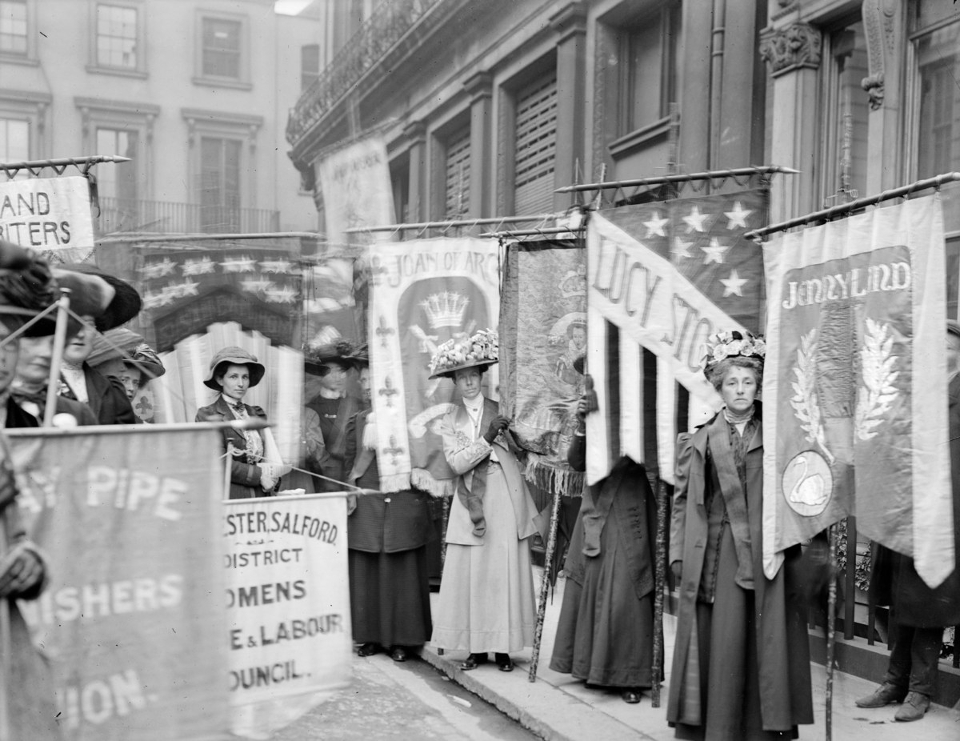
Women have been instrumental in shaping the art of photojournalism since its inception, from Christina Broom
’s images of the suffragette marches to Homai Vyarawalla’s exhaustive reportage during India’s struggle for independence. However, the mythology surrounding the vocation too often erases the sizable contribution of exceptional female photographers, even when major exhibitions and publications point to the contrary.
Here, we’ve collated some of the trailblazers of the twentieth century and their contemporary counterparts, whose striking images help us see the world in a new light, whether they are documenting the dark realities of homelessness, championing female emancipation, or putting their lives in danger on the front line of global conflict.
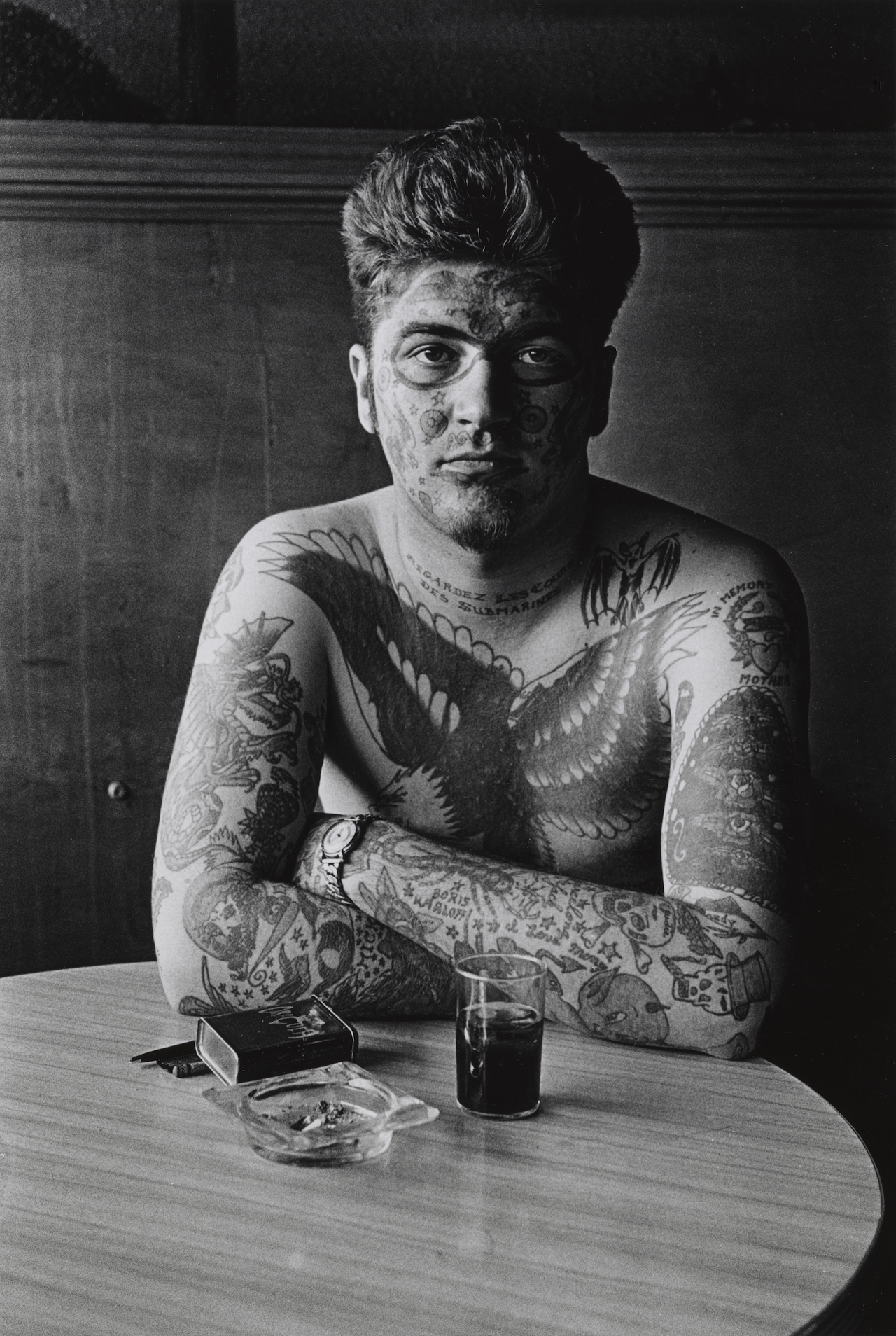
Diane Arbus
As a champion of the marginalized, Diane Arbus
brought a completely new perspective on the post-war street photography boom. While her peers such as Garry Winogrand and Lee Friedlander took a passive, clandestine approach to capturing everyday American life, Arbus used her astute eye to capture intense, occasionally confrontational portraits of New Yorkers, from young couples and children, to carnival performers, strippers and transvestites.
Although she had taken pictures intermittently while working as a fashion photography stylist, it wasn’t until 1956 that she marked her first 35mm film role. A new exhibition at the Hayward Gallery (until 6 May) chronicles her prolific output over the subsequent seven years, which was instrumental in the development of her distinctive style.
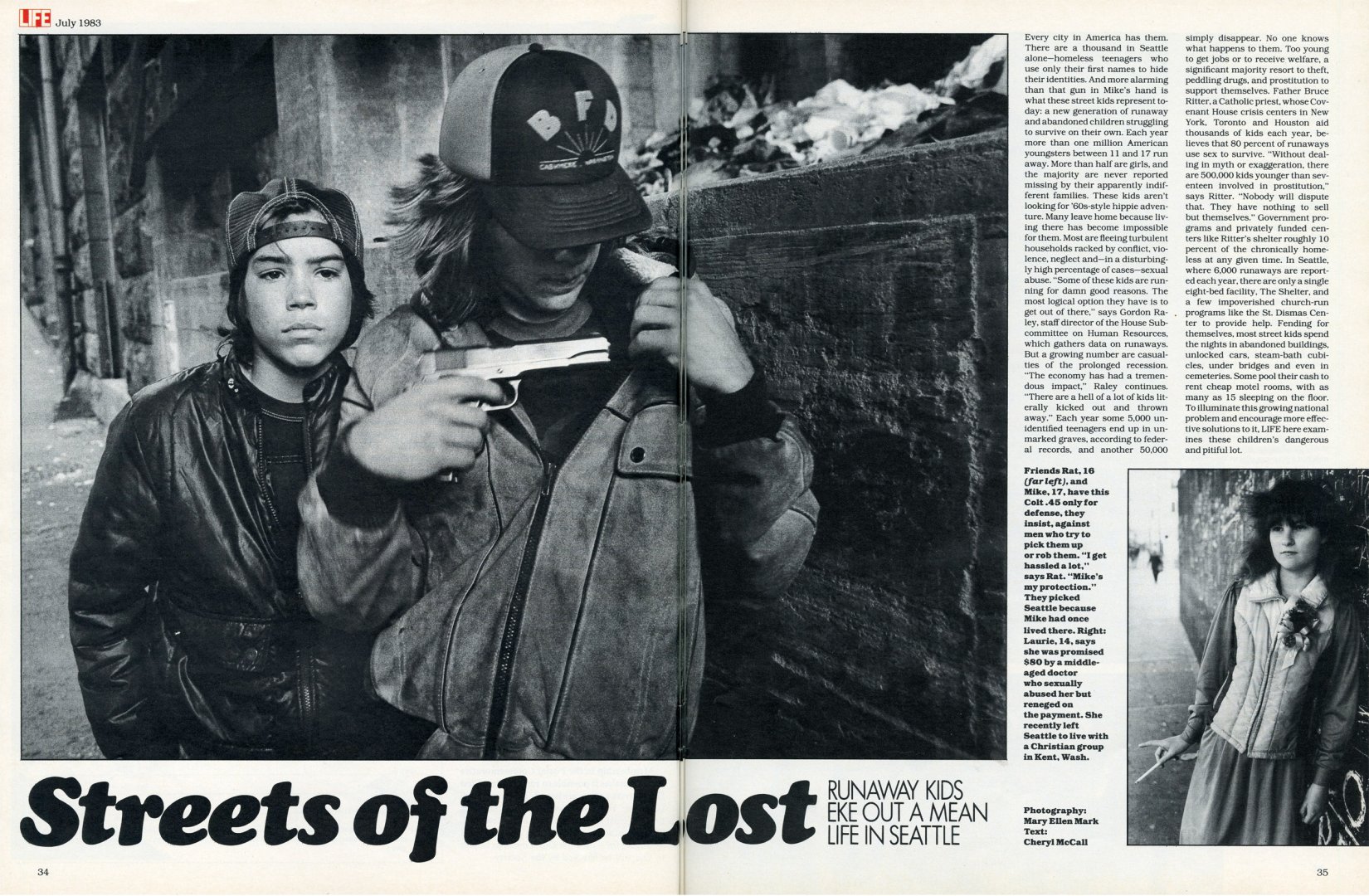
Mary Ellen Mark
Although Mary Ellen Mark’s career covered many facets of the medium, from advertising to fashion editorial, she is best-known for her unflinching images of the homeless and troubled youths she met on the streets of Seattle in the 1980s. Her photos depicted violence and poverty, but also intimacy and friendship, capturing the state of contemporary impoverished America with brutal clarity.
Her acclaimed photo essay Streetwise, published by Life magazine, became a long-standing project that followed the lives of the children she had met as they grew up, most notably a thirteen-year-old girl nicknamed Tiny. The incredible intimacy found in Mark’s photographed are a testament to the sensitivity and respect she offered her subjects, which often developed into authentic friendships. The Book of Everything, a new comprehensive book of Mark’s work conceived and edited by her husband Martin Bell, is published by Steidl later this year.
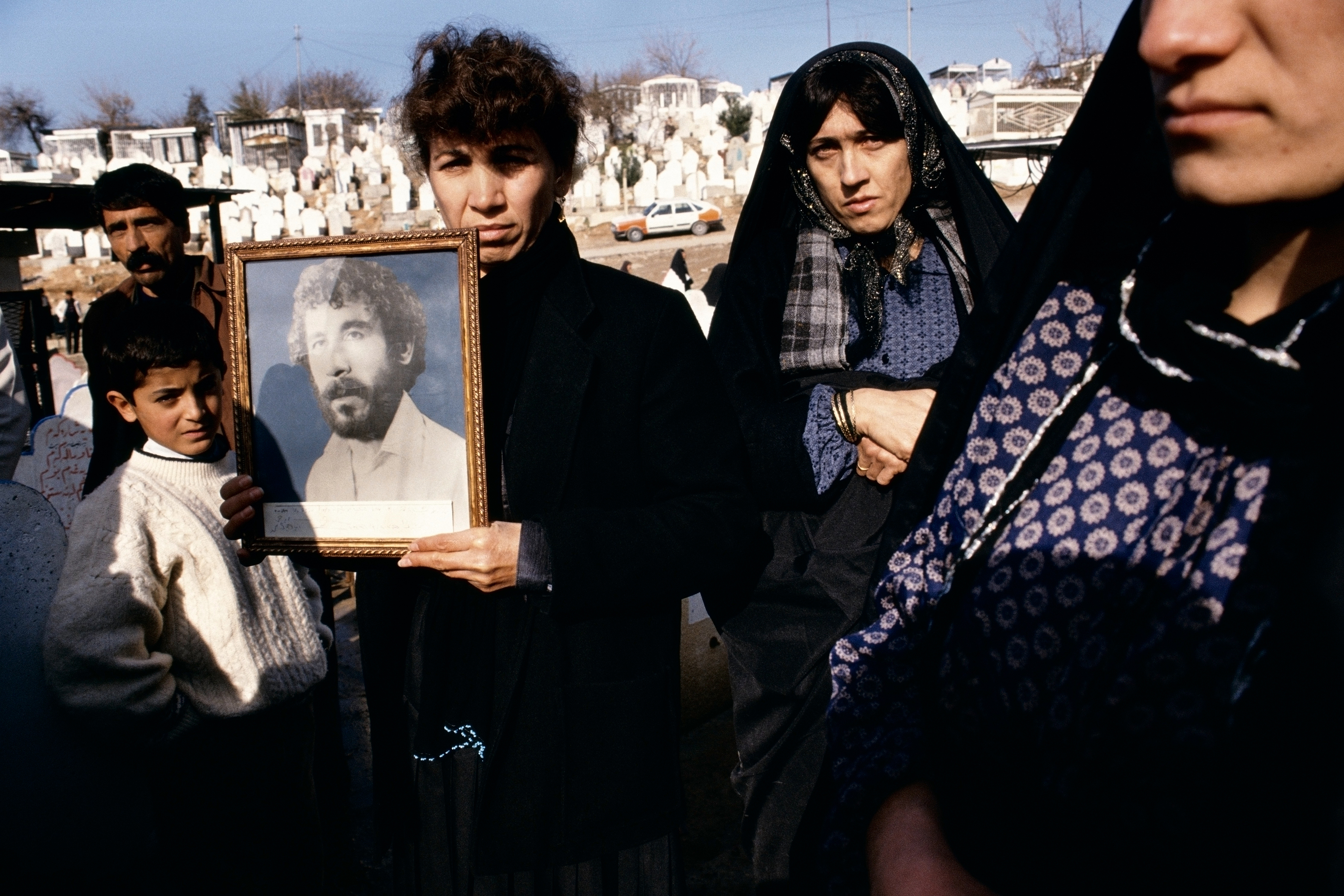
Susan Meiselas
As the photographer behind the iconic shot known as the “Molotov Man”, which was taken during the Nicaraguan revolution and since co-opted as a universal symbol of insurgence, Susan Meiselas is no stranger to violence. For the past four decades has been on the front line, reporting on the brutal conflicts in El Salvador, Argentina and Kurdistan, as well as focusing on projects that shed light on domestic abuse.
The award-winning Magnum member has recently been shortlisted for the Deutsche Börse Photography Foundation Prize for her first European retrospective at the Jeu de Paume. Kurdistan/akaKurdistan offers an in-depth view of life in the region, which includes documenting the mass graves exhumed following Saddam Hussein’s genocidal regime in the 1980s, archaeological excavations, and the visual evidence gathered by survivors. The prize’s accompanying exhibition opens at The Photographers’ Gallery on 8 March.
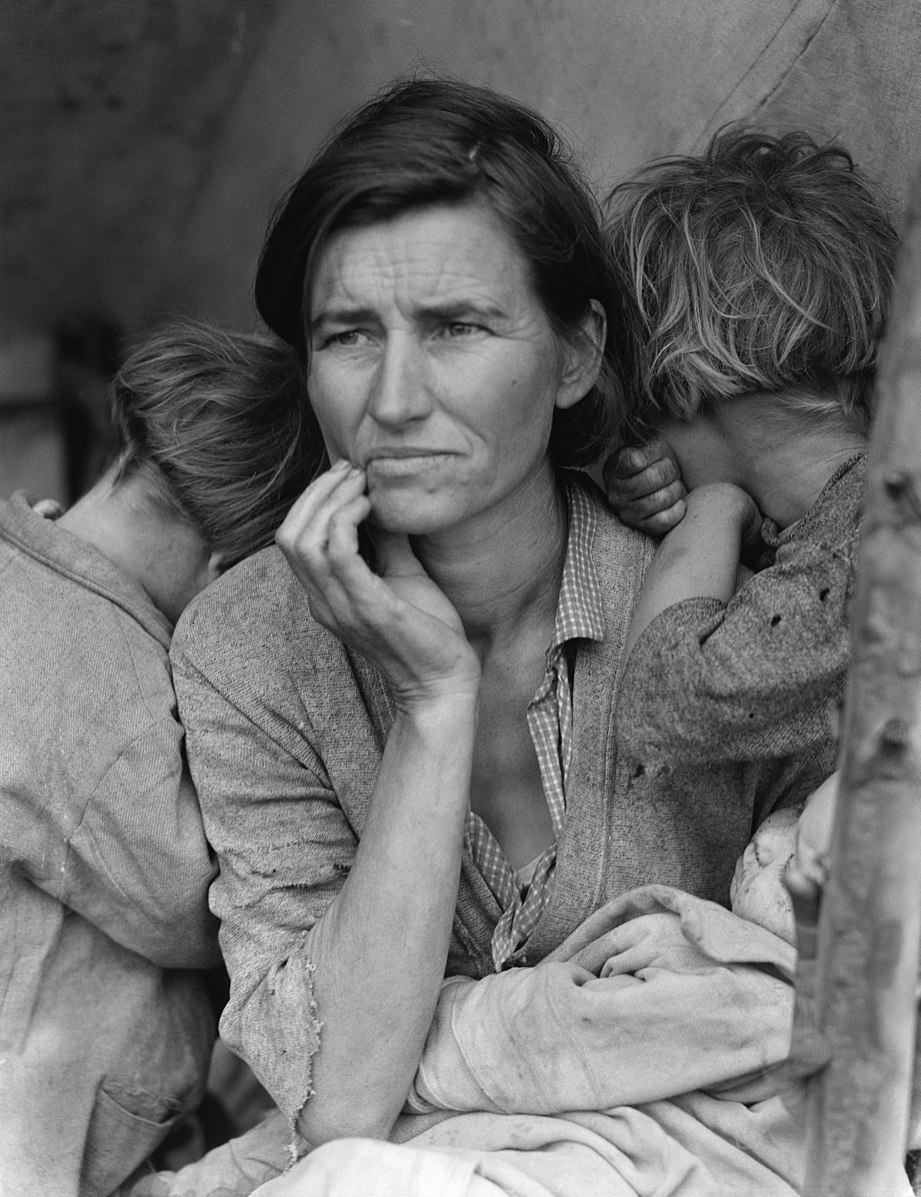
Dorothea Lange
Although Dorothea Lange began her career as a traditional studio portrait photographer, she took to the streets to document the devastation that ensued after the stock market crash of 1929. The power of her images caught the eye of a government agency called the Resettlement Administration, who subsequently commissioned her to document the lives of America’s poorest migrant labourers as part of a sympathetic propaganda. The resulting body of work has come to define the era, particularly her portrait of Florence Owens Thompson, surrounded by her children.
This shot—another instance of truly iconic photojournalism—almost never happened. Lange passed a sign for a pea-picker’s camp in Nipomo, California, and drove a further twenty miles before she decided to turn back. The transient farm workers were distraught following a devastating thaw that had killed the crops: “I saw and approached the hungry and desperate mother, as if drawn by a magnet,” she recalled. “She said that they had been living on frozen vegetables from the surrounding field and birds that the children killed.
Though Lange’s photograph appears to depict a candid moment, Lange directed the family to create the most striking image possible. She even had Thompson’s thumb, which originally rested on a pole, somewhat removed in post-production, to refine the intensity of the composition. An exhibition of over 300 prints, titled Dorothea Lange: Politics of Seeing, opens at the Frist Art Museum, Nashville, on 15 March.

Lynsey Addario
Lynsey Addario searches for the beauty in the most trying circumstances humanity can imagine and has always had a vested interest in the female experience. The Pulitzer Prize-winning photojournalist has travelled the world for two decades, documenting life under Taliban rule, the refugee crisis, numerous conflicts, and the realities of childbirth and motherhood in places like eastern Congo, Afghanistan and Sierra Leone.
Addario’s undoubtedly stunning images strike a balance between being visually compelling telling often horrifying stories. In a recent Vanity Fair interview she explains, “In my experience, a tough image turns people away, and I want to do the opposite.” She has collated over 200 photographs from across her career in her new book Of Love and War, published by Penguin Press.





